Henry Hawkins, the Jesuit priest and author, is probably the best-known of the children of Sir Thomas Hawkins of Boughton under Blean. The Boughton parish register for the year 1577 includes the following entry:
The 8th of Octobr was bapt. Henrie Haukyns the sonne of Thomas Haukyns the younger.
It seems likely that Henry was privately educated at home; we know that his father employed a certain Mr Greene, a recusant schoolmaster, at the family home at Nash Hall, Boughton. Following the example of his older brother Thomas, Henry then attended Gloucester Hall, Oxford (the predecessor of Worcester College), matriculating on 3rd November 1592 at the age of fourteen. In a report to the government about recusancy at the University in 1577, the year of Henry Hawkins’ birth, it was stated that Gloucester Hall was ‘greatly suspected’ of being a refuge for recusants. A number of future Catholic priests, including some who were martyred, had studied there.
It’s unclear how Henry Hawkins spent the years immediately after his graduation from Oxford, though since he was said to be ‘intelligent in affairs of government, very learned in the English laws’, perhaps he attended the Inns of Court and was destined for public office. On 9th February 1604, when he was twenty-seven years old, Henry married the twenty-year-old Aphra Norton, daughter of Thomas Norton, at the parish church of St Mary the Virgin, Fordwich, a few miles to the east of Canterbury. The Norton family lived at Tancrey Island in Fordwich. Some commentators mistakenly suggest that Henry abandoned his wife to pursue his vocation as a priest: the source quoted above (a manuscript ‘status’ of the English College at Rome for 1613) claims that he had ‘left a wife, office, and many other commodities and expectations, to become a priest in the seminaries.’
However, the truth is rather more poignant. On 16th January 1605, less than a year after their marriage, Aphra Hawkins died and was buried in the church where they had been married. Her tomb is adorned with a female figure, and a plate with this touching inscription:
Here lyeth buryed the body of Aphra Hawkins, wife of Henry Hawkins, gent. and daughter of Thomas Norton, Esqr. who scarcely having arrived to 21 years of age, yet fully attained perfection in many virtues, departed this frayle life the 16th of January, 1605.
Henry Hawkins must have made his decision to join the Jesuits shortly after his young wife’s untimely death. When he entered the English College of Rome on 19th March 1609, using the pseudonym ‘Brooke’, he had already spent some time studying the classics at the college of the English Jesuits at St Omer. Henry received minor orders in 1613, was ordained priest soon afterwards, and, after spending two years in the study of scholastic theology, left for Belgium and entered the Society of Jesus in about 1615.
Some time in the next two years, either just before or shortly after his father’s death, Henry Hawkins joined the mission to England, a move that might easily have ended in a trial for treason and execution by being hanged, drawn and quartered. We know that Henry was captured in 1618, but for some reason (perhaps his family’s status and connections?) he escaped execution and instead was sent into exile, together with eleven other Jesuits.
The secrecy of Henry Hawkins’ mission means that details about his life as a priest are difficult to come by. However, it is known that he returned from exile and was able to remain in England, working mainly in London, for twenty-five years without being detected. He is named among the ‘veterani missionarii’ in the list of Jesuits found among papers seized in 1628 at the Society’s residence in Clerkenwell. He was also said to be resident in London in 1641, just before the outbreak of the Civil War.
As well as being a mission priest, Henry Hawkins was also a writer and translator. Seven of the eight works attributed to him appeared between 1630 and 1634, most of them being translations of saints’ lives and devotional works, from Latin, French and Italian. As I mentioned in the previous post, his History of St. Elizabeth (1632) was dedicated to the recusant Lady Mary Teynham (or Roper) of Lynsted Lodge, near Sittingbourne. Henry was also responsible for producing two of the three extant recusant emblem books in English, and he translated Stephen Luzvic’s The Devout Heart (1634), the object of which was to combine the functions of an emblem book with those of a devotional manual.
Among Henry’s own compositions was Partheneia sacra (1633), subtitled ‘the mysterious and delicious garden of the sacred Parthenes’. In this work the image of the garden offers a framework for devotion and twenty-four symbols associated with the Virgin Mary provide its main themes. There is a detailed analysis of this work, and its likely use by the recusant community, by Karl Josef Höltgen, in the edited collection The Jesuits: Cultures, Sciences, and the Arts, 1540 – 1773.
In old age Henry Hawkins retired to the house of the English Tertian Fathers at Ghent, which had been established in 1622 under the patronage of Lady Anne, countess of Arundel and Surrey. He died there on 18th August 1646.
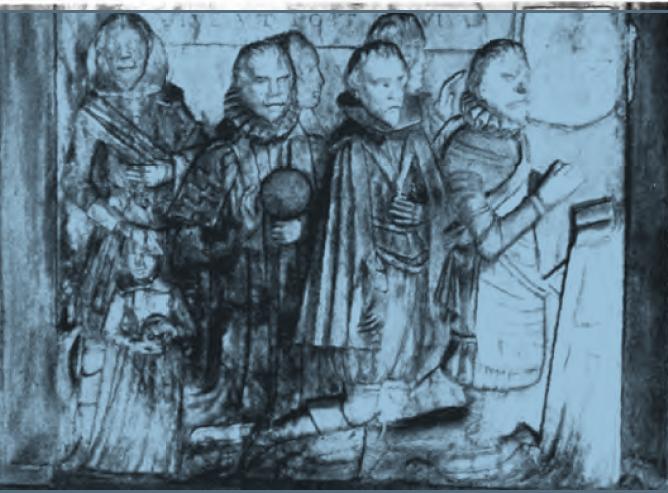
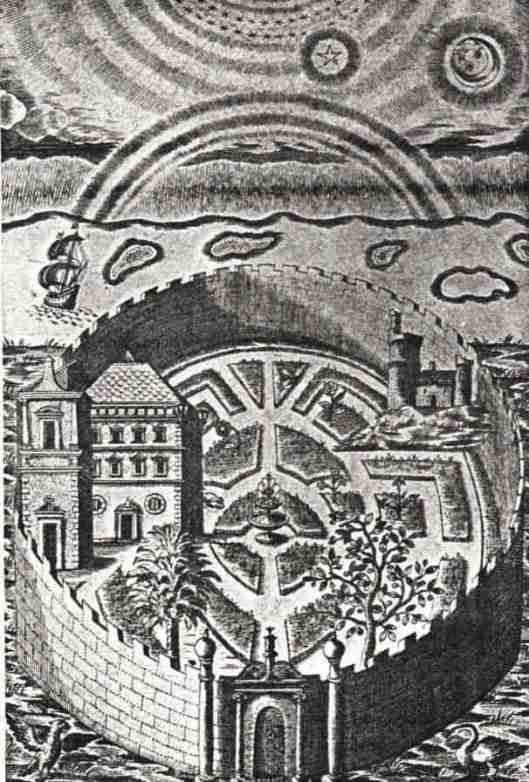
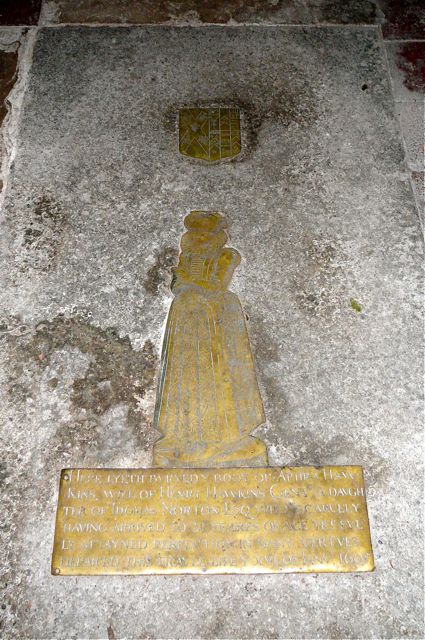
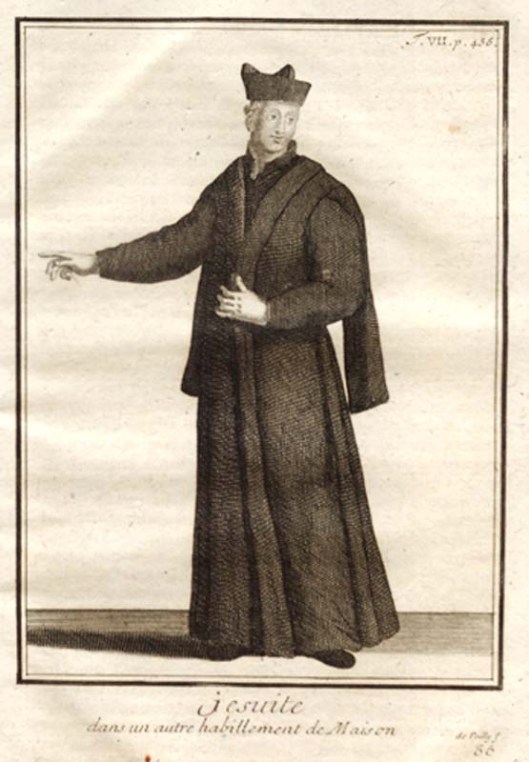
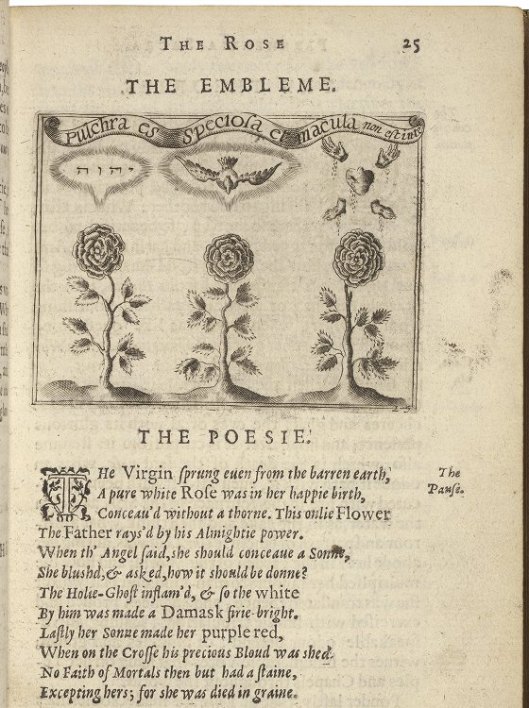
Pingback: Henry Hawkins, Jesuit priest and author (1577 – 1646) – jamesgray2
Reblogged this on jamesgray2.
LikeLike